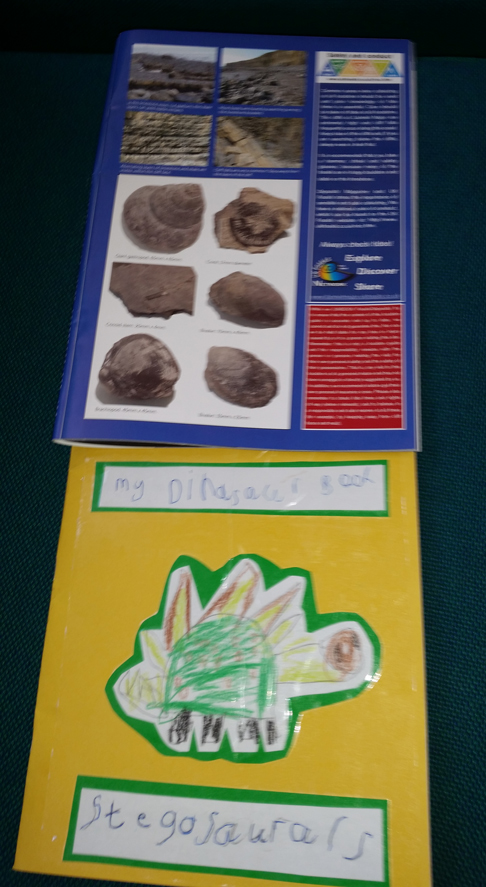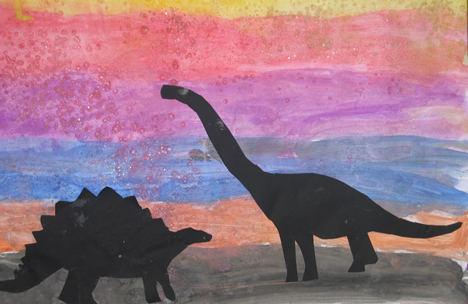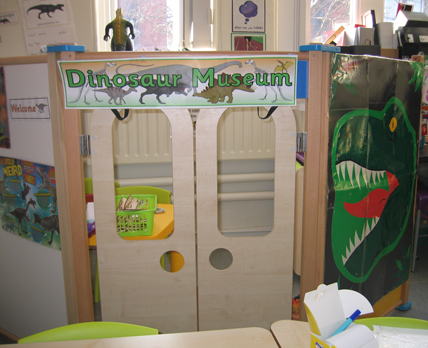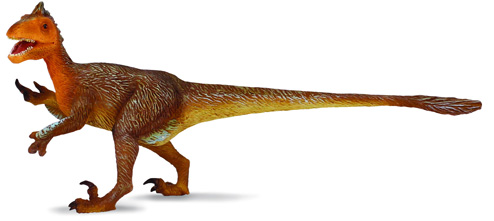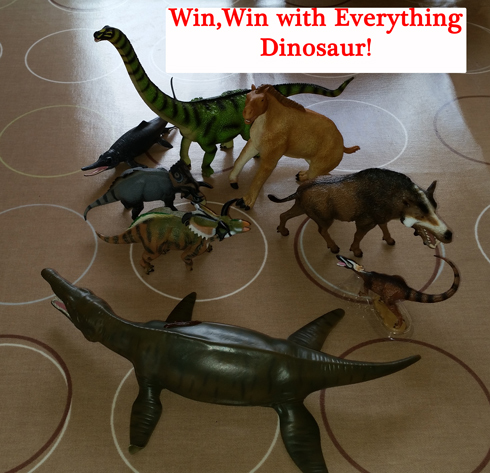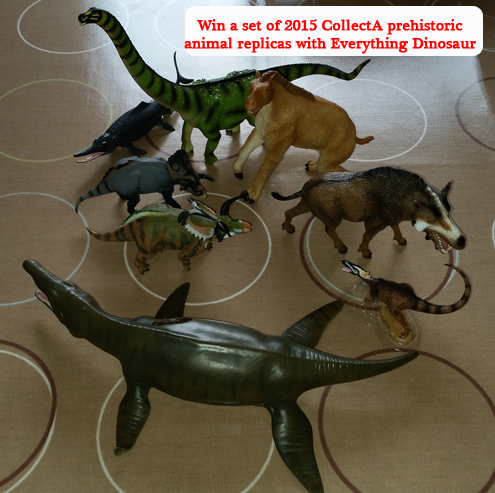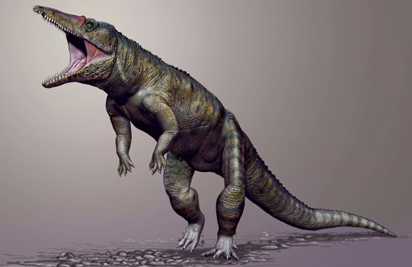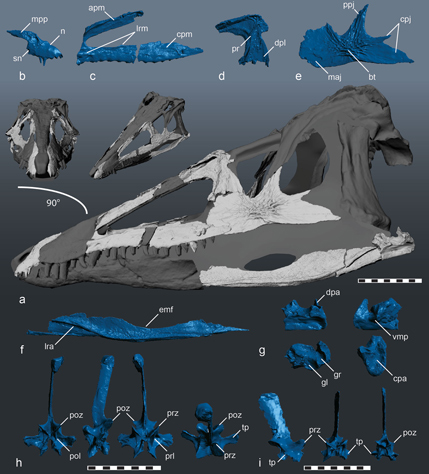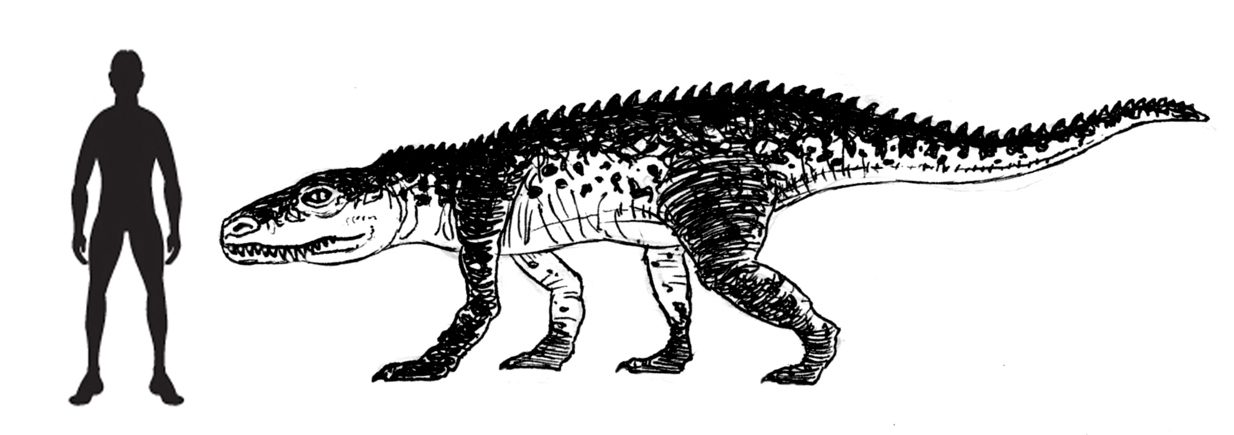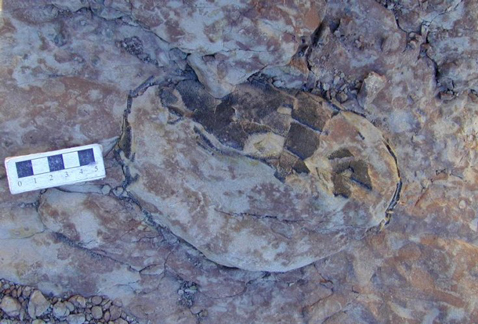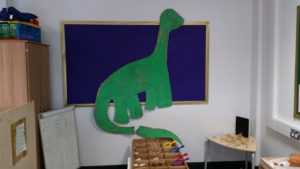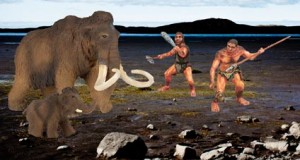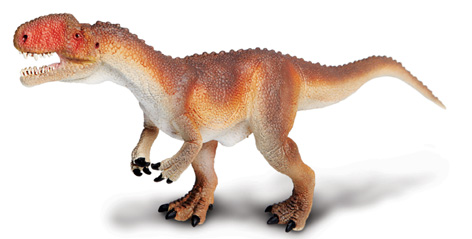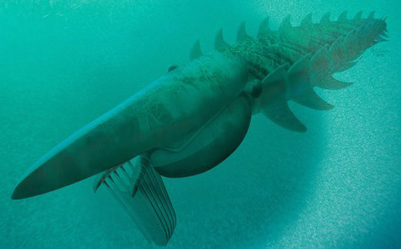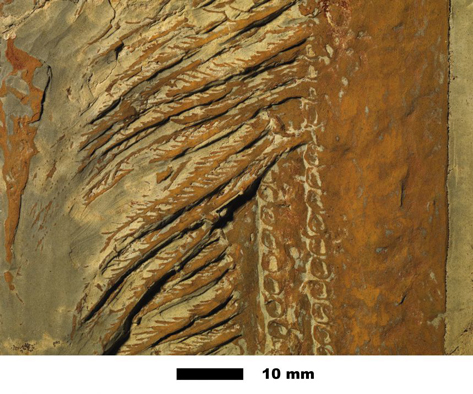The Crocodile Problem of Costa Rica
Latest Attack on Surfer Highlights Growing Crocodile Problem
The number of crocodiles inhabiting the mangrove swamps, rivers and estuaries of Costa Rica continue to give the local authorities cause for concern. The problem of potential fatal attacks by American crocodiles (Crocodylus acutus) was highlighted again this month after a surfer narrowly escaped the jaws of a crocodile whist waiting to catch a wave near the mouth of the Tamarindo estuary on the county’s Pacific coast. Apparently, the crocodile had swam down river out into the estuary and it grabbed the surfer’s leg. The surfer, identified as Canadian Val Muscalu, was able to free his foot from the crocodile’s jaws and escape. This is the second reported crocodile attack in the Tamarindo Bay area in the last two years.
Crocodile Problem
The American crocodile is widely distributed throughout the tropical areas of the New World. It ranges from Florida to the Caribbean, including Cuba. It is also found in southern Mexico, Guatemala through to Nicaragua, Costa Rica, the Isthmus of Panama and the most northerly parts of South America. Males can grow up to more than five metres in length and American crocodiles can be distinguished from Alligators and other large species of crocodylians as they tend to have a proportionately smaller, more narrow snout. Attacks on people and livestock are rare, but Costa Rica has seen a dramatic rise in crocodile attacks over the last few years and this has been put down to the feeding of crocodiles as part river tours.
Tourism plays a significant role in the economy of Costa Rica and as American crocodiles are able to tolerate brackish water and even seem to prefer salt-water habitats. As a result, attacks on people who come to explore the beaches and the surrounding coastlines are always a possibility. The crocodile suspected of carrying out the attack, will remain in the estuary according to officials from Costa Rica’s National Park Service (SINAC). There had been calls from hotel owners and locals to have the crocodile removed, but as the estuary is part of a national park, crocodiles cannot be relocated without scientific evidence of overpopulation.
Conflict Between Humans and Crocodiles
Commenting on the potential conflict between humans and crocodiles, Rotney Piedra, the administrator of Las Baulas National Marine Park, just up the coast from where the attack took place stated:
“The Tamarindo Estuary that leads into the mangrove forest is a protected area. We can’t remove crocodiles, but we want to work with the community to manage the issue.”
Back in April last year, a fatality occurred at the Tárcoles River, located on the eastern side of the Gulf of Nicoya, some forty miles to the south-east of the latest surfer attack. A man, who was apparently drunk, attempted to swim near the main river bridge. A crocodile grabbed the swimmer and despite the efforts of onlookers, the victim, later identified as Omar de Jesús Jirón was killed. His body has not been recovered.
A Four-part Plan
A four-part plan is being implemented by authorities to try and reduce such incidents. It is hoped that SINAC will be able to educate the local community and tourists about crocodile behaviour. More warning signs are being posted up at the mouth of the river, replacing those that were stolen, most probably by tourists looking for an unusual souvenir from their stay. A helpline is being set up to help the authorities to be alerted when crocodiles stray out of the park, these animals can then be relocated. In addition, a survey is being conducted to try to determine whether the estuary is over populated.
Perhaps most importantly of all, the officials from SINAC hope to educate river tour operators not to feed the crocodiles as part of their crocodile spotting river cruises. These river trips are very popular with tourists and provide a significant boost to the economy, but by feeding the crocodiles, on some occasions, hand-feeding them, these reptiles begin to associate humans with food and this could lead to further attacks.
Not Regarded as an Aggressive Species
Although the American crocodile is not regarded as a very aggressive species, hand-feeding these animals could be modifying their natural behaviour and making them much less afraid of humans and more likely to approach.
A spokesperson from Everything Dinosaur explained:
“Although American crocodile attacks are statistically very rare and the American crocodile is not known for its aggressive behaviour, not when compared to the likes of the Nile crocodile or the Estuarine for example. These animals can grow up to five metres in length and at a little over a metre long they would be capable of causing very serious injury should a person be grabbed by one.”
Visit Everything Dinosaur’s award-winning website: Visit Everything Dinosaur.



